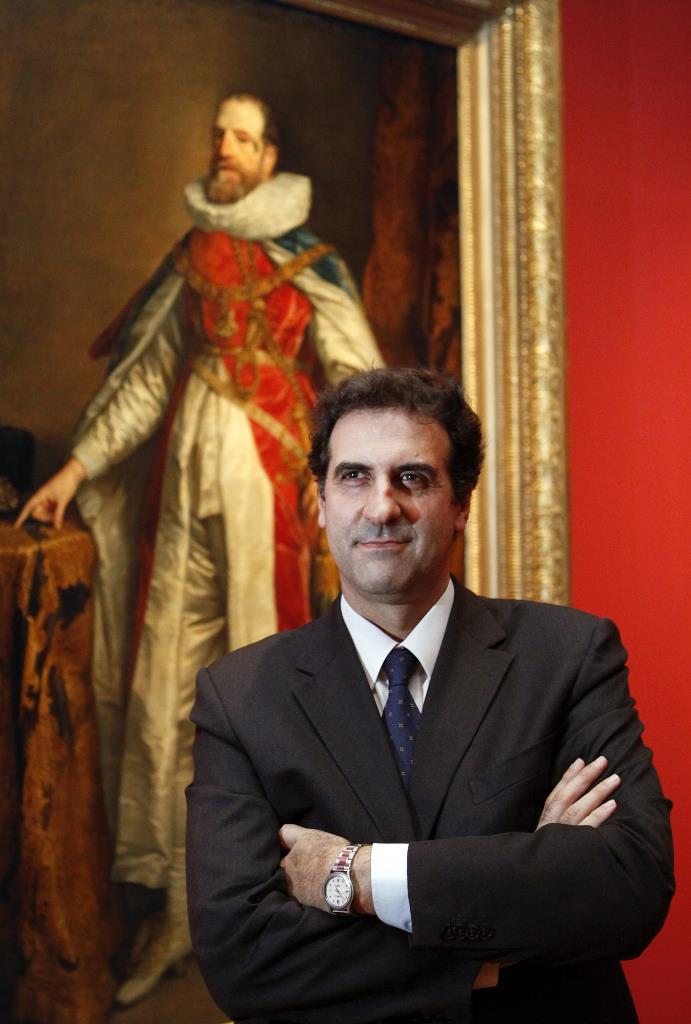
Paintings are accompanied by numerous details, as well as brief and illuminating texts, providing an informative and visually rich survey of hundreds of years of European painting. This volume showcases more than 250 of the Gallery’s most treasured pictures, providing an opportunity to make connections across this uniquely representative collection.

Francis that in Great Britain brings together the works of famous artists, from the 13th century to today, inspired by life and from the works of the Italian religious. This morning, Director of NationalGallery Gabriele Finaldi welcomed the press to the new Saint Francis of Assisi exhibition opening 6 May, free to visit and 5 star. Its extraordinary range includes exceptional paintings from medieval Europe through the early Renaissance and on to Post-Impressionism, including masterpieces by Leonardo, Hans Holbein, Titian, Velázquez, Rembrandt, Turner, Monet, and Van Gogh. 1 hour ago &0183 &32 (ANSA) - LONDON, MAY 05 - Saint Francis of Assisi opens at the National Gallery in London, the first major art exhibition on St. The National Gallery, London, houses one of the finest collections of Western European art in the world. This richly illustrated and beautifully designed book offers an ideal introduction to European painting from the 13th to the early 20th century. The programme included panel discussions, private views, and time to meet fellow delegates at Tate Britain, the National Portrait Gallery, and the National Gallery.An exceptional introduction to European paintings from the Middle Ages to the early 20th century through one of the greatest collections in the world. The conference keynote speaker was Sandra Penketh, Director of Art Galleries at National Museums Liverpool, and the panels were chaired by Gabriele Finaldi, Director of the National Gallery Nicholas Cullinan, Director of the National Portrait Gallery and Alex Farquharson, Director of Tate Britain.


For example, do UK museums have the in-house expertise to generate scholarly, audience-responsive, profitable exhibitions? How do they accommodate the demands of various stakeholders – curators, marketing and learning teams, audiences, and funders? And if the future is digital, what will audiences lose (and gain) by a virtual – rather than physical – engagement with museums and their collections? The conference panels addressed these and many other questions around the decision-making, delivery, and consumption of temporary exhibitions. This joint conference examined the motivations behind exhibition programming, the practical challenges, and the future of exhibitions. Gabriele Finaldi is director of the National Gallery in London, where from 1992 to 2002 he was the curator responsible for the later Italian paintings in the. Please accept statistics, marketing cookies to enable this.


 0 kommentar(er)
0 kommentar(er)
